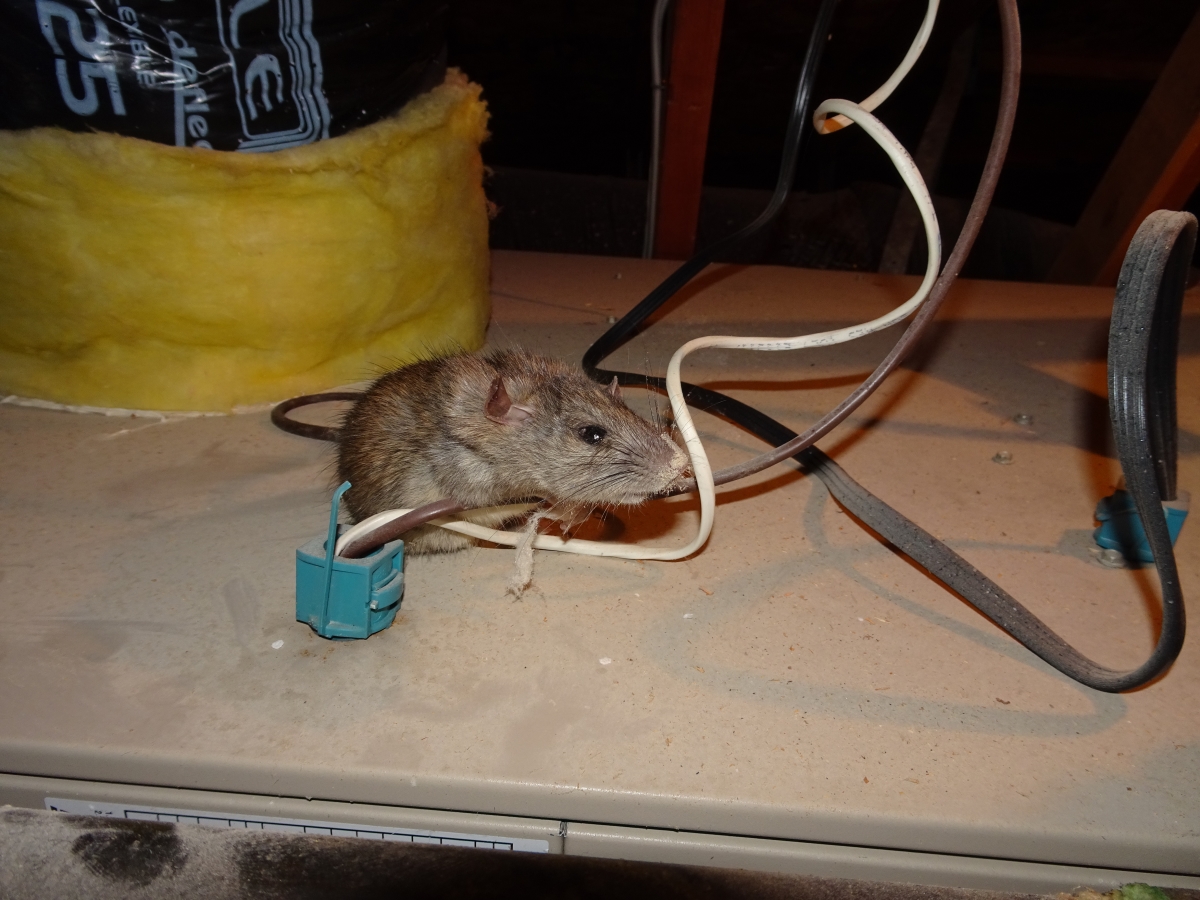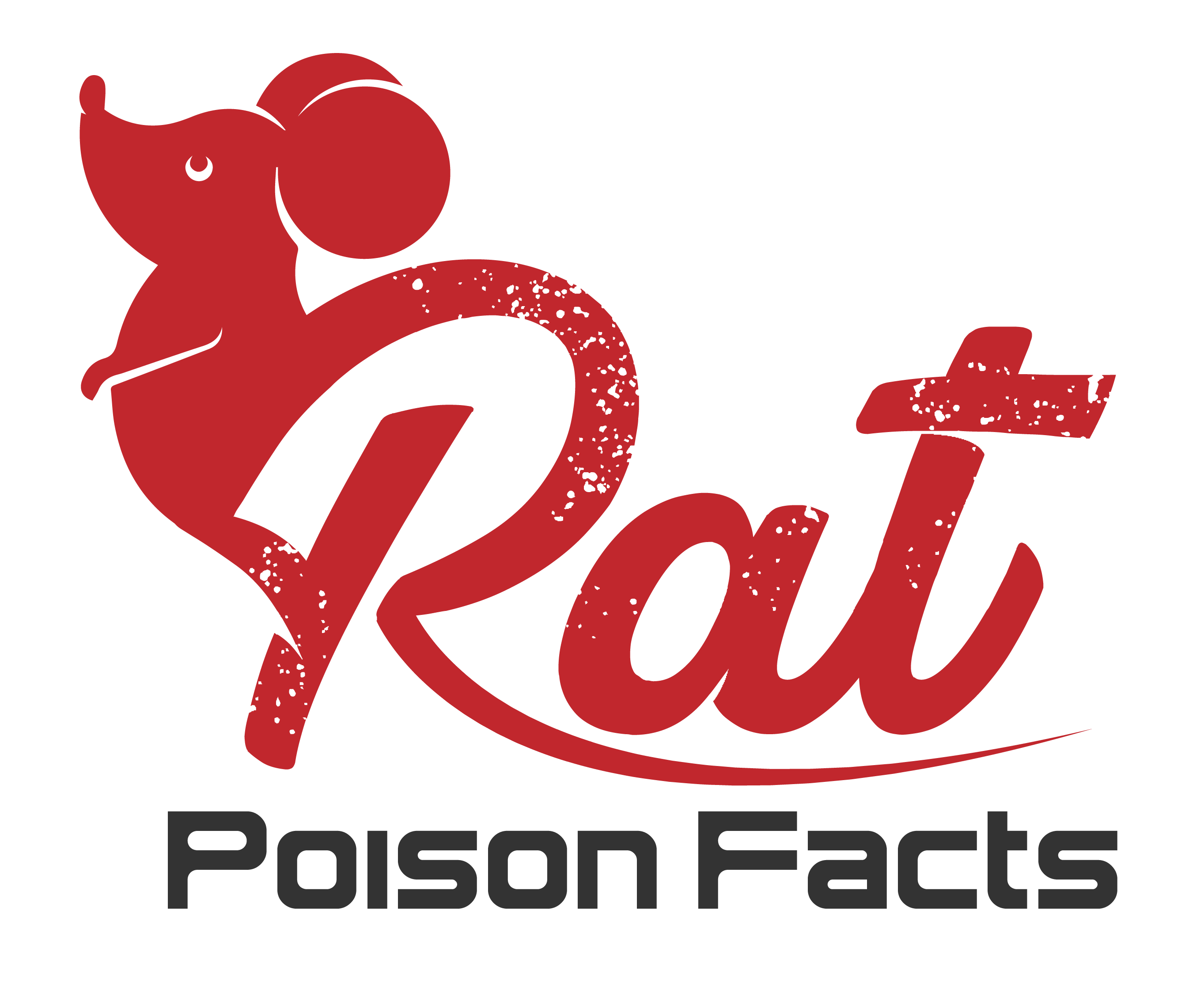
No one wants to deal with rats on their property, which typically leads to solutions like rat poison or rat traps. Rat poison is particularly popular, but most of these substances use harsh chemicals that are not good for humans or other animals to be exposed to. They will kill the rodents, but they will also potentially harm you and your family.
Because of this, many companies and individuals have worked to develop alternative rodenticides that have low toxicity levels. These do not use harsh chemicals so they are unlikely to be harmful to people or other animals, including pets.
There are many low toxicity rodenticides available, with a range of primary active ingredients. Among the most popular of those active ingredients are powdered corn cob and corn meal gluten.
Common Types of Low Toxicity Rodenticides
While corn-based rodenticides, such as corn meal gluten and powdered corn cob, are likely the first that you will find when you look for a low toxicity rodenticide, they are not the only ones. Some others include:
Each is slightly different but has similar effects, including low toxicity for humans and animals other than rodents.
How these Low Toxicity Rodenticides Work
There are some different ways in which the low toxicity rodenticides will work, as it depends somewhat on the rodenticide in question. That being said, most work in a similar way.
Most natural rat poisons will work via dehydration. The rats or other rodents will usually die within several days of consuming the poison and they will do so outside. This applies to the natural rodenticides listed above.
More Details on How the Corn-Based Rodenticides Work
When using a rodenticide with powdered corn cob, corn meal gluten, or another corn-based ingredient, its effects are due to the fact that rodents cannot digest corn. The rats will consume the bait as food, but they will be unable to digest it.
Here’s what happens.
- The corn-based rodenticide coats the lining of the rodent’s stomach.
- Messages to the rat’s brain telling them to drink water are stopped by the rodenticide.
- The rodents cannot digest the corn, so the substances lining the stomach and blocking these messages will not go away.
- The above ultimately results in dehydration.
Additionally, the corn gluten and corn cob will absorb liquids within the intestines. This causes life-threatening effects in rodents, including circulatory collapse, blood thickening, and low blood pressure.
The rodents will get lethargic as they become dehydrated, causing them to return to their nests or burrows. Once there, they usually fall into a coma before dying from a heart attack.
Low Toxicity Rodenticides Are Versatile
Part of the appeal of low toxicity rodenticides is their versatility. Since they are not toxic to people or most animals, you can safely use them indoors or outside. This makes them useful inside and outside homes as well as buildings with a lot of people, from schools to storage facilities to hospitals. The fact that they do not cause secondary poisoning to birds of prey or non-target animals also makes them useful for livestock yards, game farms, and farms.
How to Use Low Toxicity Rodenticides
Using these low toxicity rodenticides is fairly straightforward.
Start by doing your best to ensure that the rodents do not have access to another potential food source.
If you cannot get rid of all other food sources, then you will also need to use a natural gel bait or rat attractant. This may or may not be included with the rodenticide you purchase. It is typically a gel that you just apply in a small amount onto the tray before placing the bait. You will then want to apply the chosen rodenticide in the dose that the packaging recommends.
Next, place the bait in areas where you know the rodents are active.
Focus on the spaces by rat holes and runways. You can even place small quantities of the bait right into the rat holes the rodents use for nests and for thoroughfares.
TIP: In the case of placing these natural low toxicity baits outside, do your best to keep them dry. If the bait gets wet, it may be less effective as it will provide some moisture for the water, reducing the effects of dehydration. You can do this by putting the rodenticide in boxes that will stay dry.
You will need to keep setting out more of your corn-based or other low toxicity rodenticide as the rats consume it. Remember that you will need to have some patience. The rats are unlikely to go for this new, unfamiliar food right away, even if you remove other food sources. (See Analysis of Poison Shyness in Rats.)
Rodenticides that Cause Dehydration Make Cleanup a Bit Easier
Another reason for the popularity of low toxicity rodenticides that cause death by dehydration is a reduction in the smell associated with dead rats. The dehydration combines with a quick mummification process, which dramatically reduces the smell associated with the decomposing rats. Most will die within one or two days of consuming the rodenticide.
What to Expect When Using Low Toxicity Rodenticides
After you start using the low toxicity rodenticide, expect the activity of the rats to slowly decline. You should start seeing rat death within four to seven days. Most of the time, the rats will die in their burrows. Before the rats start dying, you can tell that they ate the bait because some will be missing and the rodents’ fecal droppings will be larger with some bleached color. You are also likely to see the rats more frequently, since they will not be moving as quickly (their typical method of remaining out of view of humans).
If you are unsure how to use a low toxicity rodenticide, or which one to try using on your rat problem, feel free to consult an expert. They will be able to set up the entire process for you, including removal of the rats in most cases. At the very least, they will be able to provide you guidance as to which product to use and where to place it.



